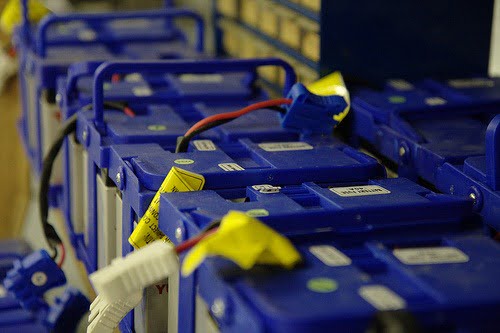There are several methods to improve the performance of lead-acid batteries.
- Proper Charging: Ensuring that lead-acid batteries are charged correctly is essential for maximizing their performance and lifespan. Overcharging or undercharging can lead to reduced capacity and premature failure. Using a suitable charger with the correct charging voltage and current limits is crucial.
- Equalization Charging: Periodically performing an equalization charge can help balance the individual cells within a lead-acid battery. This process involves applying a controlled overcharge to the battery to ensure all cells reach full capacity. Equalization charging can help prevent sulfation and improve overall battery performance.
- Temperature Control: Lead-acid batteries perform best within a specific temperature range. Extreme temperatures, both hot and cold, can reduce their efficiency and lifespan. Keeping batteries in a temperature-controlled environment can help maintain optimal performance.
- Avoiding Deep Discharges: Lead-acid batteries should ideally not be discharged below a certain threshold, typically around 50% of their capacity. Deep discharges can lead to sulfation and reduce the battery’s ability to hold a charge effectively. Using battery management systems or voltage alarms can help prevent deep discharges.
- Regular Maintenance: Performing routine maintenance tasks such as checking electrolyte levels, cleaning terminals, and ensuring proper ventilation can help prolong the life and improve the performance of lead-acid batteries.
- Using Additives: Certain additives, such as desulfators, can be used to help mitigate sulfation, a common cause of lead-acid battery degradation. These additives can help dissolve sulfate deposits on the battery plates, potentially improving performance and extending lifespan.
- Optimizing Design: In some cases, modifying the design or configuration of lead-acid batteries can improve their performance. This might include using thicker plates, different electrolyte formulations, or advanced separator materials.
- Proper Disposal and Recycling: Ensuring that old or damaged lead-acid batteries are disposed of and recycled correctly helps prevent environmental contamination and conserves valuable resources, ultimately contributing to the sustainability of lead-acid battery technology.
By implementing these methods, users can optimize the performance and lifespan of lead-acid batteries, making them more reliable and cost-effective for various applications.


